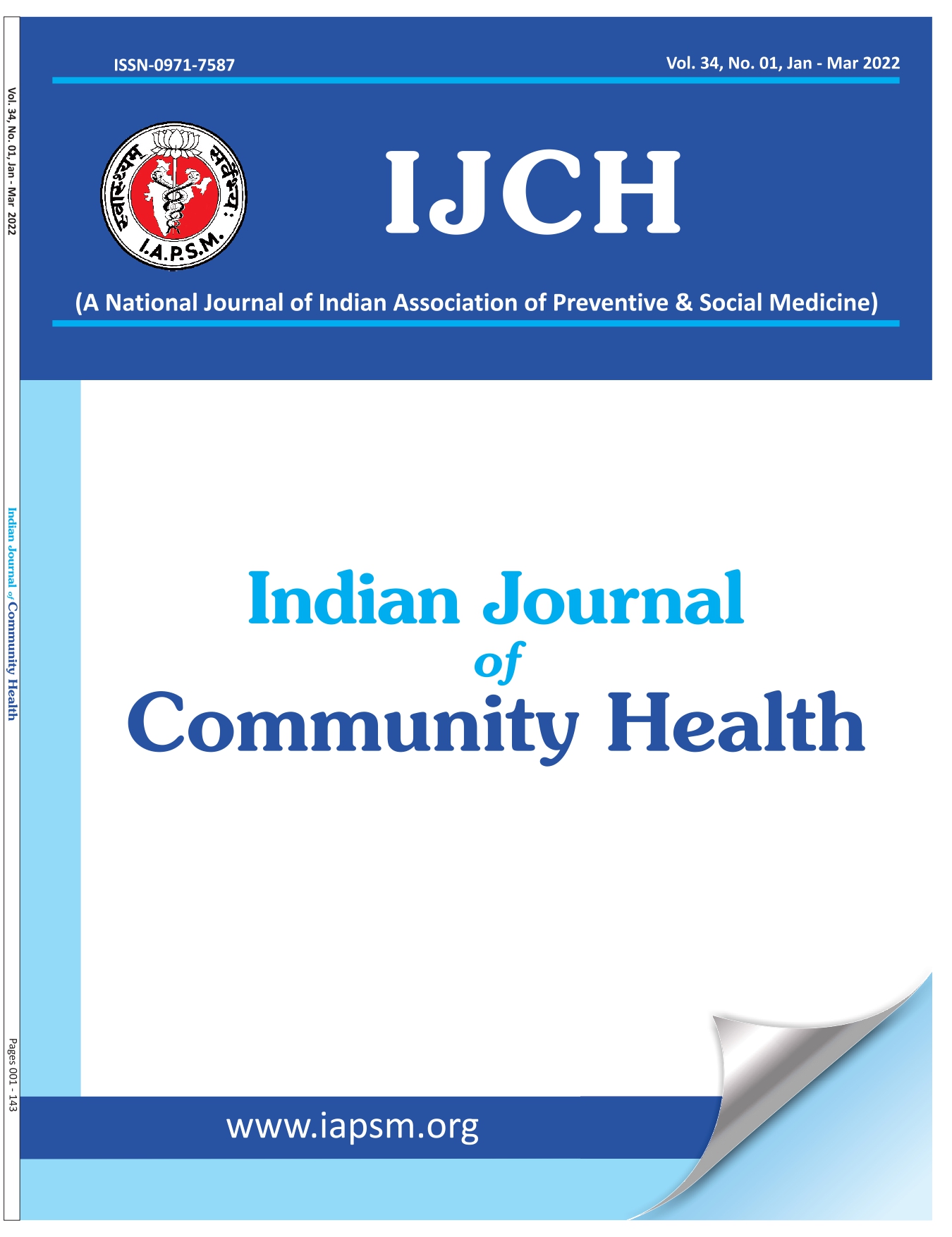Global Positioning System – A new tool to measure the distribution of anaemia and nutritional status of children (5-10years) in a rural area, South India
Abstract
Introduction: The Global Positioning System (GPS) is a satellite based navigation system which is of late being used in the health field. Objectives: 1.To describe the geographical distribution of anaemia and malnutrition with GPS; 2.To assess the prevalence of anaemia and malnutrition in children aged 5-10 years. Subjects and methods: This exploratory study was conducted over a period of 2 months in the rural field practice area of a medical college situated in Bangalore during the months of June - July, 2012. Children in the age group of 5-10 years of age were the study subjects. Results: GPS was used for the describing the geographical distribution of anaemia and nutrition status on the Google earth map. The prevalence of anaemia in the study subjects was 8.7%.The prevalence of underweight, stunting, thinness and severe thinness among the study subjects was 52.8%, 28.5%, 23.5 % and 29.1% respectively, however overweight and obesity was observed only in 0.9 % and 1.2% of the study subjects respectively. Conclusion: GPS was easy to use and was able to demonstrate the actual distribution of morbidity at the household level in the rural area.





